The elevated level of risk, however, is compensated with higher interest rates. It was formed to stimulate the housing market by making more mortgages available to moderate-to low-income borrowers. Rather than providing loans, it backs or guarantees them in the secondary mortgage market. The invention of MBSs meant lenders immediately got their cash back from investors on the secondary market, freeing up funds to lend to more homeowners. For example, some offered mortgages that didn’t look at a borrower’s job or assets, creating more competition for traditional banks, which, in turn, had to lower their standards to compete.
- Reasons (other than investment or speculation) for entering the market include the desire to hedge against a drop in prepayment rates (a critical business risk for any company specializing in refinancing).
- Non-agency RMBS issued by private financial institutions consists of mortgages that are considered non-conforming.
- Treasury bonds are government debt securities that can give you risk-free interest.
- Mortgage-backed securities (MBS) are investment products created by pooling individual mortgages together and selling them to investors.
- So local home buyers can have more choices, and more choices often leads to lower mortgage rates.
How confident are you in your long term financial plan?
Characteristics and risks of a particular security, such as the presence or lack of GSE backing, may affect its liquidity relative to other mortgage-backed securities. With a CMO, mortgages with a variety of terms are brought together and then split up to create classes of securities that can create different levels of income. They’re typically for the investor who wants a very specific type of cash flow. While mortgage-backed securities offer several benefits to investors, they also carry several risks. Finally, MBS can offer attractive yields, especially compared to other fixed-income securities.
What is your risk tolerance?
These days, mortgage-backed securities must meet strict criteria to be sold as investments. They must be originated by a government-sponsored agency like Fannie Mae or Freddie Mac, receive a high credit rating, and meet a few other requirements. MBS are now regulated, and investors must receive certain information and disclosures. The financial crisis also emphasized the importance of filling mortgage-backed securities with sound assets. Freddie Mac is a federally regulated, government-sponsored enterprise that purchases mortgages from lenders across the country. It then repackages them into securities that can be sold to investors in a wide variety of forms.
Recently, however, the Fed has made the decision to slowly exit the MBS market by halting its continual purchasing of bonds. Exchange-traded funds and mutual funds are the primary ways to invest in MBS as an individual. You can either purchase a fund through the company that created it or open your own brokerage account.
Fannie Mae and Freddie Mac are both publicly traded GSEs, with their primary difference being that Fannie Mae buys mortgage loans from major retail or commercial banks, while Freddie Mac gets its loans from smaller banks. The price of an MBS pool is influenced by prepayment speed, usually measured in units of CPR or PSA. When a mortgage refinances or the borrower prepays during the month, the prepayment measurement increases. Because of the diversity in MBS types, there is a wide variety of pricing sources. This can be confusing because a security derived from an MBS is also called an MBS.
How a Residential Mortgage-Backed Security (RMBS) Works
Because mortgage backed securities meaning MBS are backed by pools of mortgages, they typically offer higher yields than other fixed-income securities with similar credit ratings. The process begins with the origination of mortgages by banks or other lenders. The mortgages are then sold to a government-sponsored enterprise (GSE) or private issuer, who pools them together and creates MBS.
Today, Fannie Mae’s and Freddie Mac’s shares are traded over-the-counter (OTC), meaning you can’t buy them on a major stock exchange. The growth of the MBS market can be attributed to increasing demand for these securities, global economic expansion, and ongoing efforts to stimulate economic growth through monetary policy—these are not the only assets the U.S. Diversification, research, and understanding market conditions can help mitigate risks when investing in MBS. Ginnie Maes are the only MBS that are backed by the full faith and credit of the U.S. government. They mainly consist of loans insured by the Federal Housing Administration or guaranteed by the Veterans Administration. In this article, we’ll show you how you can use MBS to complement your other fixed-income assets.
Shorting MBS involves risks like market volatility, potential unlimited losses, borrowing costs, timing, liquidity challenges, and regulatory considerations. It’s crucial to understand these risks and have a strategy for managing them. To sum up, the creation of mortgage-backed securities completely revolutionized the housing, banking, and mortgage market. By restructuring a collection of illiquid loans into tradeable securities, MBSs allowed for bank funds to be freed up and created more demand to lend money, letting more people buy homes.

Recent Comments